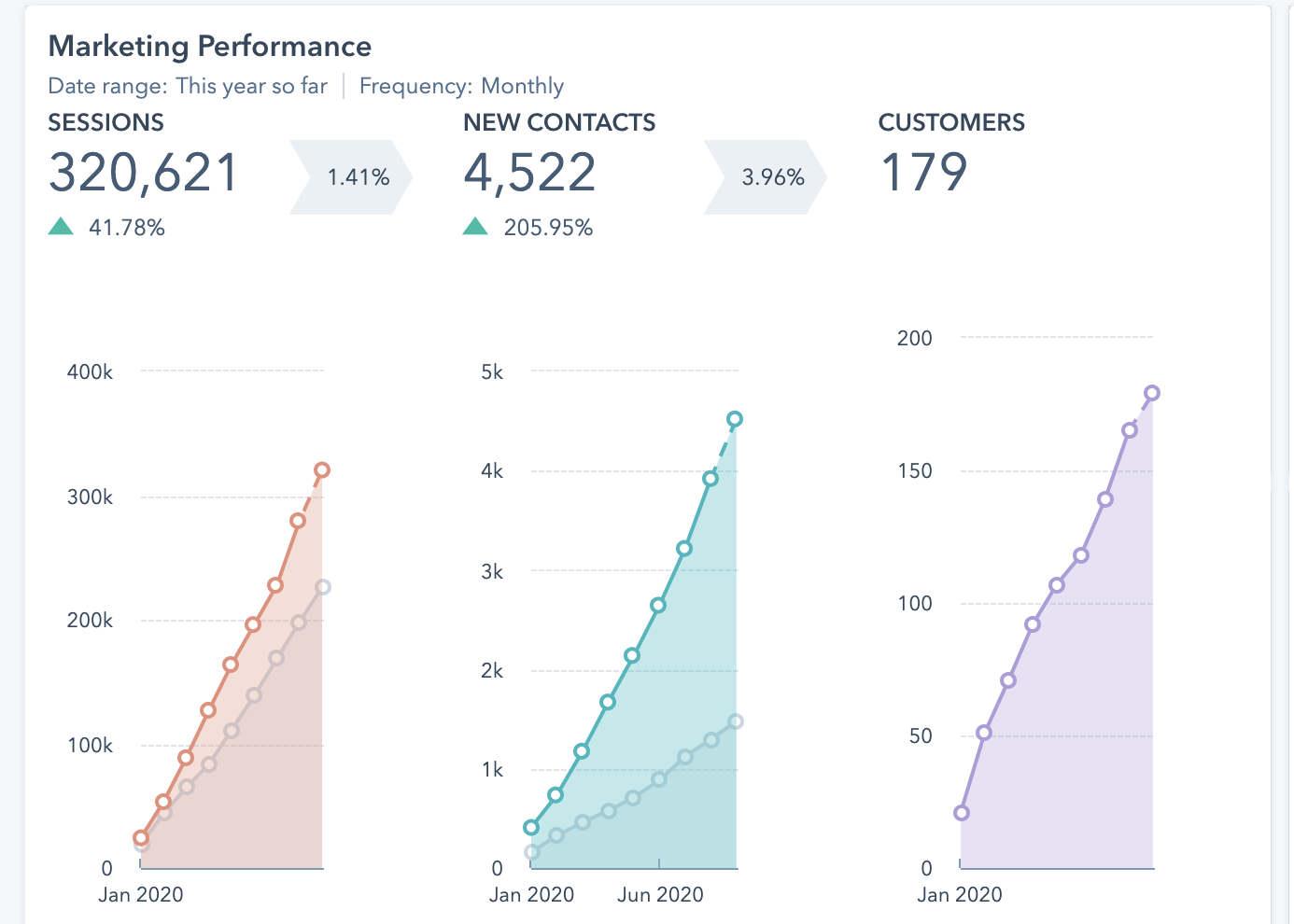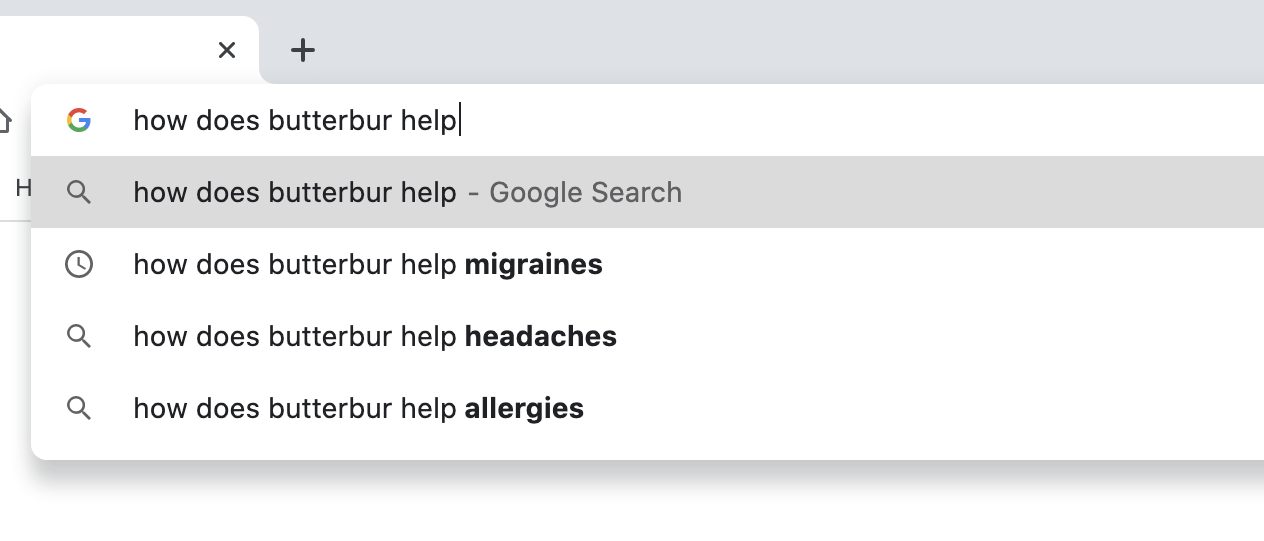FDA is getting tougher on dietary supplement companies and the product claims they make on their websites and other marketing materials.
Well intentioned rules about disease claims have strayed into almost absurd levels of scrutiny that make it extremely hard for supplement websites to educate healthcare professionals and consumers.
And since creating helpful content is the backbone of every good marketing strategy today, HOW are supplement websites supposed to educate practitioners and consumers about their products if they aren’t allowed to describe WHAT they do?
My team has been grappling with this challenge for one of our clients this year, and we have helped them increase:
- Website traffic by 42%
- Lead generation by 206%

In this article, I’m going to walk you through the steps that will help you attract the right healthcare professionals to your website with helpful blog content while also staying away from language that could put your brand at risk.
1. Align Your Content Strategy With the Way Practitioners Research Supplements.
Before deciding on what you are going to blog about, you need a good understanding of how your buyers evaluate and purchase supplements.
Documenting these insights will help ensure your content provides answers practitioners are seeking when it’s time to test a new supplement.
Start by creating some “top of funnel” content that helps healthcare providers learn about the adrenal-stress response, gut health, immune function, weight management, and other common health challenges. The goal is provide them some high-level information that helps them better understand how to avoid imbalances that disrupt metabolic pathways.

Notice I didn’t mention body dysfunction or disease? You can frame these subjects around ways to optimize function and maintain balance without even mentioning specific disease states. It can be done!
After creating some downloadable ToF content, you can lead them further into the discovery by providing information about nutrients that “improve the inflammatory response” (not “reduce inflammation”) and support systems in the body.
As your visitor digs deeper into this research, your next step is to provide them with information on the benefits of specific ingredients in your formulas.
When you see high engagement across all these pieces of content, your prospect is ready to learn more about your product and how it will help them.
{{cta(‘b1b9d776-5147-4c5c-b188-1e854407716b’)}}
2. Use SEO Tools to Find Keywords For Titles.
Once your content strategy is mapped out, you need to plan the right titles for your blog posts, guides, and other published content on the website.
Titles are extremely important for several reasons. The phrasing you use there and within the body of your content will have a big impact on the likelihood of it showing up in search engine queries.
You cannot make an educated decision about how to title your posts without reliable keyword data, and you can find this information with a handful of reputable SEO tools. We use SEM Rush here at Creative Side, but Ahrefs and Moz are other good options as well.
The key data you will want to look at include average monthly search volume, difficulty score, cost-per-click, search trend, and number of results. These variables tell you how often people are searching for the keywords you have in mind, and how hard it will be to create content that shows up on page one of search engine results pages (SERPs).
Using this data, you can find “long tail keywords” to use in your titles and subheaders. Here are a few tips:
- Get your keywords as close to the beginning of the title as possible.
- Limit your titles to no more than 60 characters (including spaces).
- Don’t get cute with your titles! Convey the value of what the reader will get in a clear, concise way.
- Inject a little emotion into the title whenever possible.
3. Align Topics With User Intent.
This is where a little creativity comes into play. When people are searching for answers about vitamins online, it usually has to do with some ailment brands cannot mention at all.
This quick search about the benefits of butterbur is a great example:

“User intent” presents a unique challenge for supplement companies.
When people are searching for information about how supplements treat or cure certain ailments, it makes our job much harder to match that intent while steering clear of structural claims.
Our goal is to explain how these products support foundational health and match the user intent as much as possible, and staying in compliance often comes down to semantics. Here are a few replacements we often make in our copy:
Inflammation = inflammatory response
Pain = discomfort
Alzheimer’s Disease or Dementia = age-related cognitive decline
Treat = support
Weight loss = weight management
These small adjustments might not sound as good as the words you really want to use, but you can still write compelling content and optimize your posts.
It’s also a good idea to phrase your titles similar to how people would search on voice apps like Amazon Echo. Not all searches come from a keyboard anymore. As AI continues to get better, we will soon reach a point where searches are spoken more often than typed!
4. Interview Doctors and Give Them Authorship.
Another important consideration you’ll want to think about is authorship.
SEO experts are talking more about the importance of authorship, as Google tends to favor content that comes from certified experts, especially when it comes to healthcare.
Our content creation process involves interviewing subject matter experts (usually NDs or chiropractors) about a given topic, using their insights in the article, and publishing it under their name.
Not only does this approach keep your content fresh and authentic, it’s also a great way to strengthen relationships with your customers. Who wouldn’t want to showcase their expertise on your blog and gain a little extra exposure?
Interviewing knowledgeable experts is a win every time.
“Increased [FDA] oversight…is proof that people are catching on to functional medicine.
People are sick of a healthcare industry that keeps them sick, and they are taking charge of their own wellness destiny.”
5. Use Video and Graphics in the Article.
According to Smart Insights, people are likely to spend more than an hour and a half each day watching online videos in 2021. Integrating video and other visuals into your content strategy is more important than ever.
If your brand has not taken this step, you should know that producing compelling video is not as challenging as you might think. The tools are more affordable and accessible than ever, and they are not too challenging to learn.
Don’t get me wrong — there is plenty to know about how to shoot and edit professional looking video, but every brand has to start somewhere.
If the prospect of producing video is daunting to you, here are a few things to keep in mind:
- A good video delivers value. It doesn’t have to look like a James Cameron production to be a success.
- Make sure your sound is good! People will give you slack of having some video quality issues, but bad sound will kill your view rates. Invest in a quality microphone first, then worry about lighting and other factors.
- “Perfection” is not your friend. Obsessing over perfection is the hallmark of brands that never make it past the starting line. You can increase your production standards as you go — the important thing is to get started!
Despite the ever-present threat of warning letters sent by FDA to providers in the supplement industry, there are some clear positives coming from this trend.
Yes, this increased oversight helps keep providers honest about what their products really do, but more importantly, it is proof that people are catching on to functional medicine.
People are sick of a healthcare industry that keeps them sick, and they are taking charge of their own wellness destiny.
That’s a powerful sign for our future, and a great reason for supplement providers to rise to the challenge and continue educating the public about their products.
Do not let regulatory compliance stand in the way of your content strategy.
Adapt, build, and grow your business instead.
Because people need you.
{{cta(‘1dee25fb-9ccb-490d-b9f1-9e41ebd275c5’)}}

